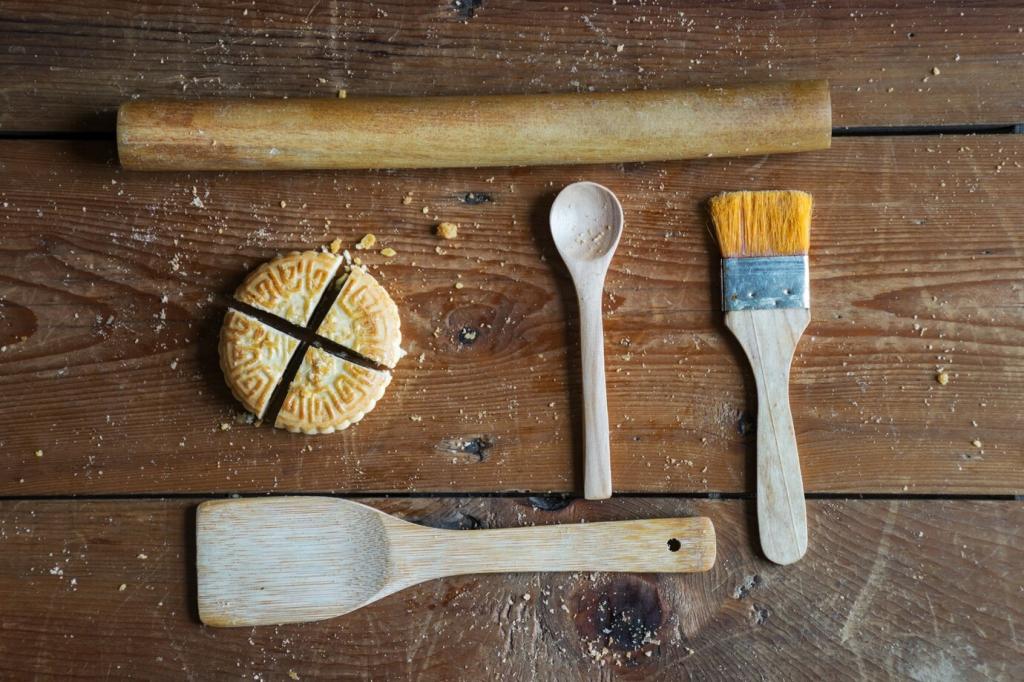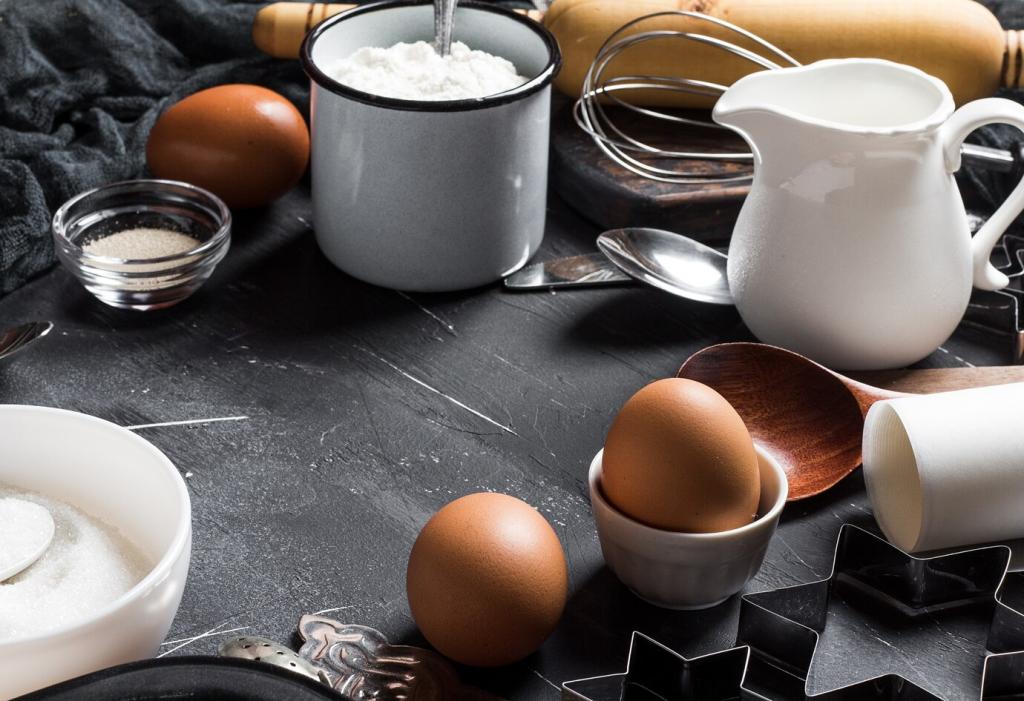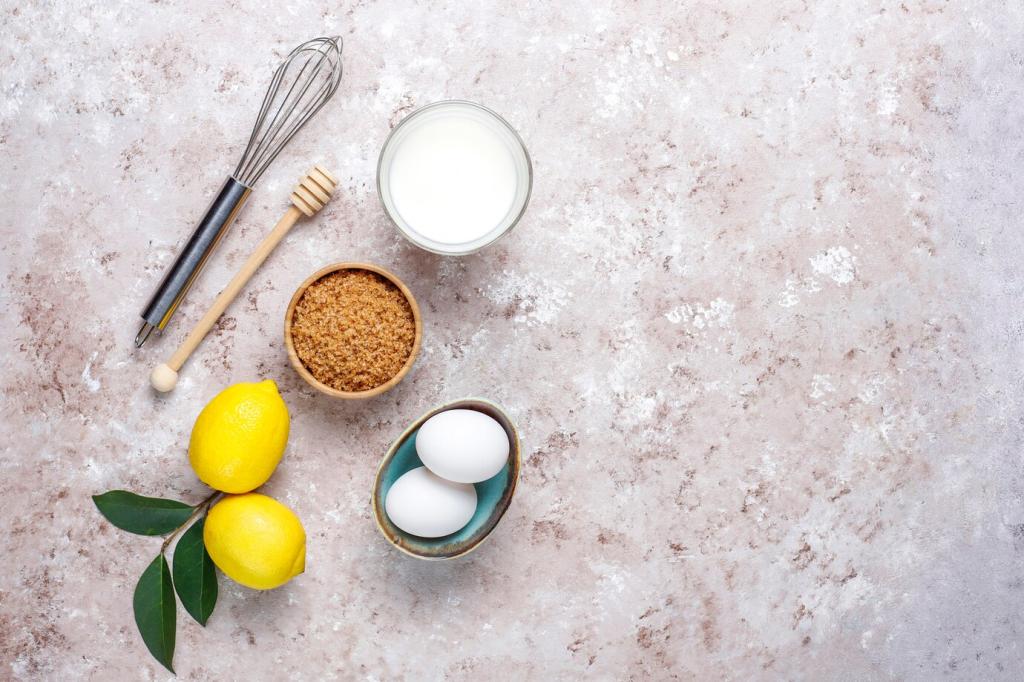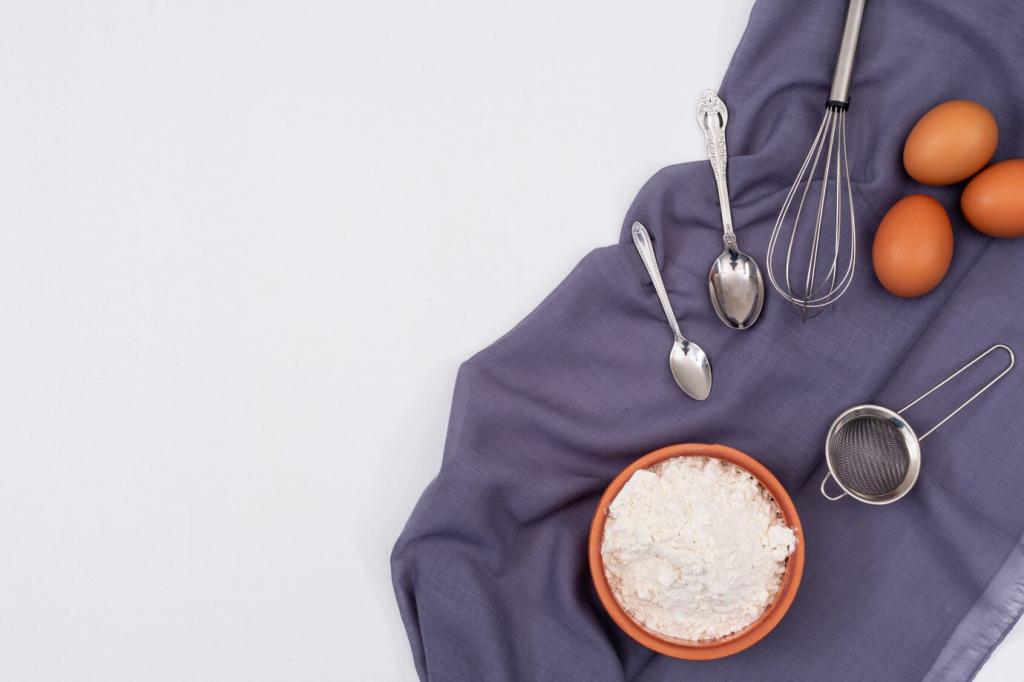
Must-Have Baking Tools for Novice Home Bakers
Embarking on a baking journey at home can be exciting, rewarding, and sometimes a little daunting. Selecting the right baking tools from the start is crucial for building confidence and achieving delicious results. Whether you dream of baking fluffy cakes, perfect cookies, or artisan breads, the right equipment will help you conquer recipes with ease. This guide breaks down the essential baking tools every beginner baker should consider, explaining their importance and offering practical advice for use in the kitchen.
Measuring with Precision
Dry Measuring Cups
Dry measuring cups are indispensable for all bakers. Designed specifically for ingredients like flour, sugar, and cocoa powder, these cups allow you to scoop and level off for precision. Using a kitchen scale is even more accurate, but for beginners, measuring cups remain a go-to due to their simplicity. When purchasing, look for a sturdy set that nests for easy storage. Stainless steel cups are durable and easy to clean. Learning how to properly fill and level these cups is essential—avoid packing ingredients too tightly, as this can lead to dense, dry baked goods. Practice using them will improve your results and confidence with recipes.
Liquid Measuring Cups
Unlike their dry counterparts, liquid measuring cups are designed to measure water, milk, oil, and other wet ingredients. Typically crafted from glass or clear plastic with marked graduations on the side, they prevent spills and inaccuracies. To use, set the cup on a flat surface and pour your liquid to the desired mark, checking at eye level for precision. This tool helps avoid over or under-pouring, which can alter the texture and structure of your baked creations. Investing in at least a one-cup capacity, or larger for frequent baking, will serve practically all your kitchen needs.
Measuring Spoons
Measuring spoons are crucial for small but significant quantities like baking powder, baking soda, salt, and vanilla extract. These utensils, usually grouped on a ring and sized from ¼ teaspoon to 1 tablespoon, provide uniformity where it counts. Plastic, stainless steel, and even colorful options abound; choose a set that’s sturdy and dishwasher-safe. Highly sensitive measurements are often required for chemical leaveners, and using the right spoon ensures your cake rises perfectly or your cookies spread just right. Build the habit of leveling off ingredients with a knife or spatula for consistent and reliable baking results.

Mixing and Combining
Mixing Bowls
Mixing bowls are the heartbeat of every baking session. At minimum, a set of three nesting bowls in varying sizes will cover most needs: stirring cake batter, whipping cream, or tossing dough. Stainless steel, glass, and sturdy plastic are popular materials, each with their strengths—metal is lightweight, glass is microwave-safe, and plastic is budget-friendly. Clean, deep bowls help prevent spills during vigorous mixing. Choosing bowls with non-slip bases adds to ease of use, especially important for newer bakers. Caring well for your bowls ensures they remain a long-lasting companion in your baking adventures.
Whisks and Spatulas
An efficient whisk aerates mixtures and incorporates dry and wet ingredients, while spatulas are the baker’s tool for folding, scraping, and smoothing. A balloon whisk quickly blends eggs or creams together, assisting in fluffier cakes or sauces. Silicone spatulas come in handy for gently folding delicate batters or ensuring none of your precious mix is wasted. Good quality, heat-resistant spatulas double as stirring tools for stovetop custards or melting chocolate. Together, these utensils make mixing efficient, gentle, and thorough—ideal traits for novice bakers looking to master a wide variety of recipes.
Electric Hand Mixer
While the traditional whisk and spatula are invaluable, an electric hand mixer makes quick work of blending thicker batters and beating ingredients to desired consistencies. Particularly useful when whipping egg whites, creaming butter and sugar, or mixing cookie dough, this tool saves both time and effort. Beginners appreciate the flexibility—multiple speeds and detachable beaters make it a breeze to transition between recipes. Compact electric mixers are generally affordable and easy to store. With practice, even a novice will find they can achieve professional textures and results, opening doors to new and ambitious bakes.
Cake pans are a cornerstone of both casual and celebratory baking. They come in a variety of shapes—round, square, and rectangular—each suited to different recipes. An eight or nine-inch round pan is a superb starting point for most cakes, while a rectangular pan is essential for brownies and bars. Look for pans with a nonstick coating for effortless release. Aluminum pans heat evenly, preventing scorch spots and ensuring moist, tender cakes. Caring for your pans by hand-washing extends their life, allowing you to consistently produce stunning, perfectly baked layers for years to come.
The Right Bakeware
Temperature and Timing
Oven Thermometer
Every oven has its quirks, and relying solely on its display can be misleading. An oven thermometer gives you an accurate read of the true internal temperature, helping prevent overbaked or undercooked treats. Simply hang or stand the thermometer inside your oven and preheat as usual. This tool shines when baking sensitive recipes like macarons, soufflés, or meringues where precise heat matters most. Over time, awareness of your oven’s tendencies lets you adjust accordingly, resulting in a more reliable and enjoyable baking experience.
Timer
While some ovens include built-in timers, having a standalone kitchen timer is invaluable for beginners. Timers help track multiple baking tasks—timing your dough rise, remembering to rotate pans, or ensuring cookies don’t overbake. Choose a digital or mechanical timer with a clear, loud alert. Many compact timers offer countdowns, multiple alarms, or magnetic backs for easy mounting. Relying on a timer relieves the mental load and helps build habits for multitasking successfully even in the busiest kitchen moments.
Cooling Racks
After baking, proper cooling is essential for texture and flavor development. A wire cooling rack allows air to circulate freely around your baked goods, preventing sogginess and helping maintain crisp edges and even cooling throughout. Removing cakes, cookies, or breads from pans onto a rack stops the cooking process, ensuring a perfect finish. Lightweight and stackable racks maximize space in smaller kitchens. Getting into the habit of using a cooling rack preserves the quality and appearance of every bake, from delicate cookies to hearty loaf cakes.
Shaping and Portioning
A sturdy rolling pin is a must-have for everything from cookies to pie crusts. Traditional wooden rolling pins are time-tested, but modern marble or stainless steel versions also offer superb results. A comfortable, smooth pin makes it easy to roll dough to the right thickness without sticking or tearing. Chilling your pin or lightly dusting with flour can make pastry work even simpler. New bakers should practice handling dough gently to prevent overworking and ensure tender, flaky results. The right rolling pin transforms intimidating recipes into approachable projects.
Protection and Clean-Up
Oven Mitts and Pot Holders
Baking involves handling hot pans and trays. Thick, heat-resistant oven mitts or pot holders protect your hands and prevent burns, making all the difference for safe, confident baking. Avoid mitts that are overly bulky or too thin; a flexible, well-insulated mitt allows for a secure grip and easy maneuvering around the oven. Regular washing maintains hygiene and extends their lifespan. For beginners, cotton mitts with silicone grips or quilted linings provide both comfort and safety, giving peace of mind every time you reach into the heat.
Aprons
Aprons may seem simple, but they are a key tool against spills, splatters, and flour dust. Investing in a comfortable, adjustable apron ensures you can move freely and stay clean, saving your clothes and making post-baking clean-up far easier. Many aprons offer pockets for quick stashing of spoons, towels, or recipe cards—a practical help during busy sessions. Choosing a fun color or print personalizes your baking experience and may even make the process feel more enjoyable.
Bench Scrapers
A bench scraper is a multipurpose tool for cleaning work surfaces, dividing dough, and transferring ingredients. Its sturdy, rectangular blade helps clear flour and sticky bits efficiently after rolling or kneading dough, keeping your workspace neat. Used for portioning bread dough or gathering chopped ingredients, it quickly becomes essential for organization and precision. For home bakers, learning bench scraper techniques supports both tidiness and efficiency, streamlining your workflow and cutting down on after-baking mess.
Storage and Freshness
Airtight Containers
Airtight containers are the first line of defense against staleness. Use them to store cookies, breads, or cakes, keeping them moist and flavorful for days. Transparent containers allow you to monitor contents, while stackable designs make the most of kitchen space. For flour, sugar, and other ingredients, airtight containers preserve freshness and prevent pests. Getting into the habit of using these storage solutions supports both ingredient management and baked goods storage, fostering good habits from the very beginning.


Plastic Wrap and Aluminum Foil
Plastic wrap and aluminum foil are classic, versatile tools for protecting baked goods. Plastic wrap clings tightly to cakes, muffins, or dough, while foil provides coverage for bread and larger items. Both help shield foods from air exposure, extending shelf life and preventing drying out. Beginners will discover that wrapping tightly before refrigerating or freezing can significantly improve the longevity and quality of their bakes. Having both on hand ensures you’re prepared to keep a wide variety of items at their best.
